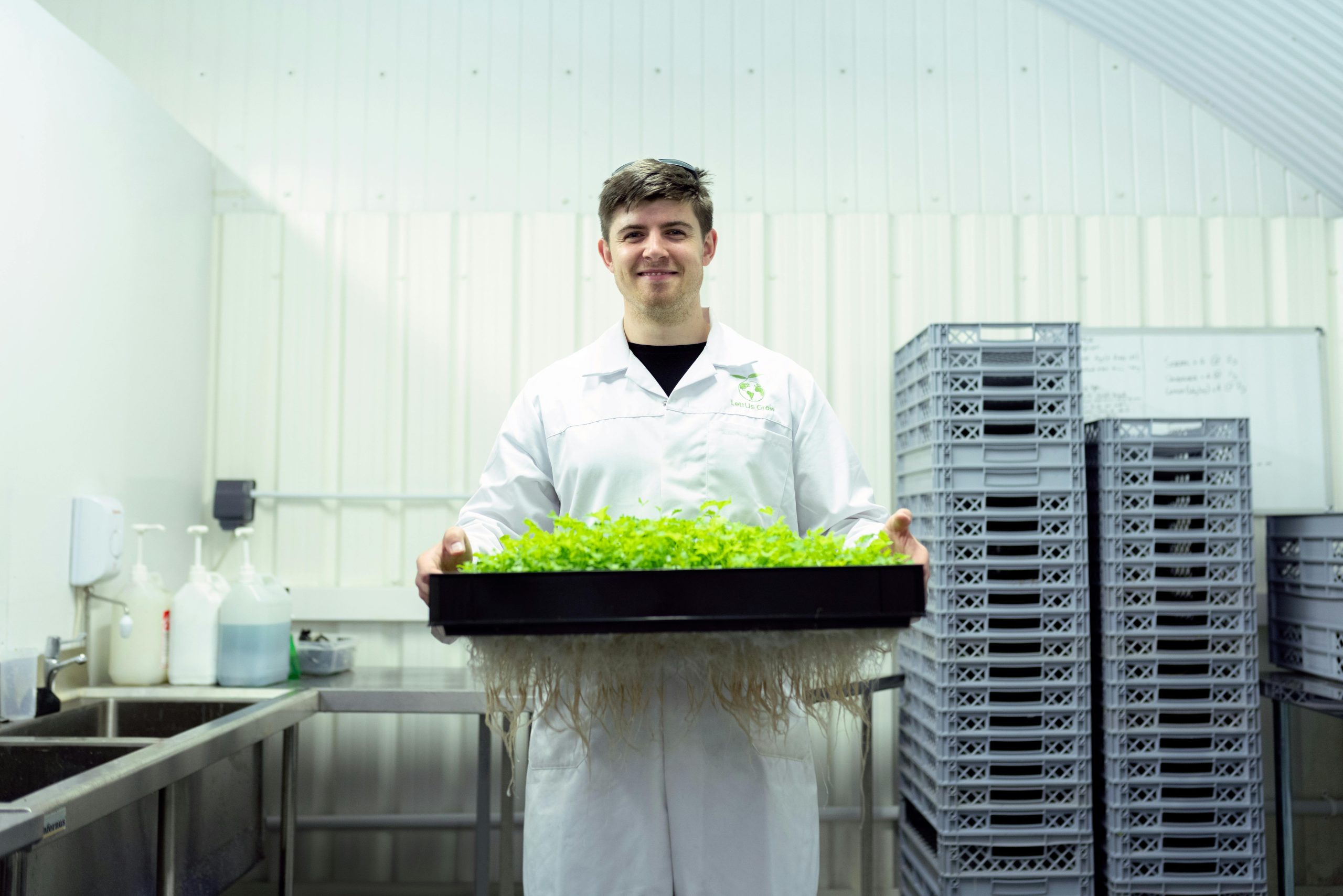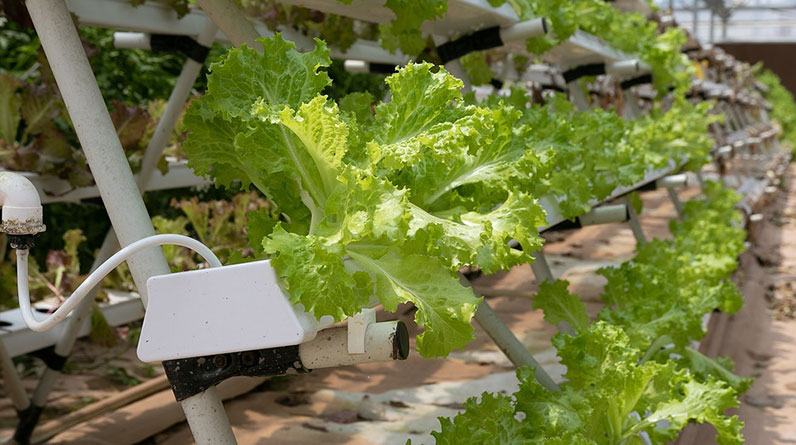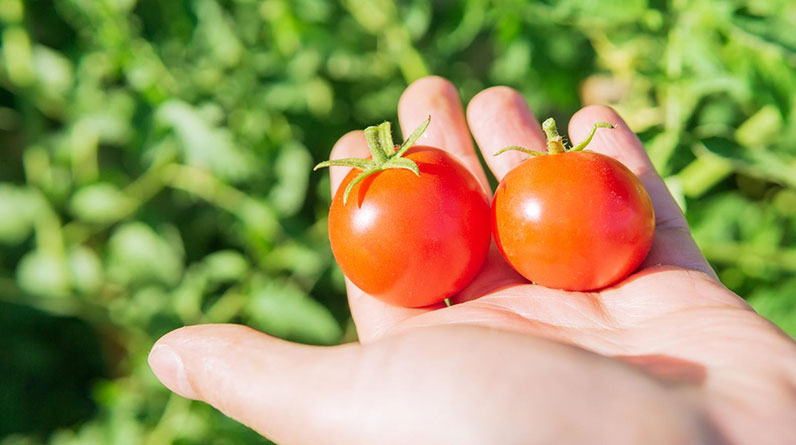
Planning Ahead: The Key to Success
Creating a Weekly Menu
So here’s the deal. Unless I grab a takeout menu, I end up staring into the fridge like it’s some kind of magical portal. With a weekly menu, I can plan out meals and avoid that mealtime panic. I like to sit down on Sundays and figure out what everyone wants to eat. It’s kind of like a democratic process, only without the political debates!
Once we’ve laid out our delicious plans, I take a look at the calendar. Do we have any soccer games or birthday parties coming up? That definitely affects what I’m cooking. It’s all about being realistic and not trying to make a five-course meal on a night when I have to juggle the kids’ schedules.
I also try to create themed nights. Taco Tuesdays and Pasta Fridays have a nice ring to them, and it gives the kids something to look forward to. Plus, it makes grocery shopping easier because I know exactly what I need for each night. Trust me, this is a game changer!
Smart Grocery Shopping
Let’s talk about grocery shopping because that’s where the magic really happens. I’ve learned that shopping with a chart based on the weekly menu really cuts down on impulse buys. I have my list, and I stick to it! Well, most of the time. Walmart or Target can be quite distracting, can’t they?
I like to hit the store early in the morning when it’s not crowded. I can zip through the aisles, grab what I need, and get out of there before the temptations start calling my name. Not to mention, shopping in peace is a blessing. You can actually think about your meals instead of dodging people!
Another tip? I check for sales before going so I can swap out items if something’s on discount. Using loyalty cards or apps can save some serious cash too. A little planning can stretch your budget and get you the best bang for your buck.
Batch Cooking and Meal Prep
Now, let’s get to the nitty-gritty: batch cooking. This method has totally transformed dinnertime in our house. Instead of cooking every single night, I dedicate a few hours on weekends to whip up larger quantities of food. It’s totally worth it when you can just reheat a tasty meal after a long day!
In practice, I’ll cook a big pot of chili or a bunch of grilled chicken. It makes weeknight dinners a breeze! I just pop something from the fridge or freezer, and boom – dinner’s ready. I can even use leftovers to create different meals. For instance, taco night leftovers work great in salads or wraps!
Investing in some good storage containers is essential for this. I always have a few ready-to-go meals stashed in the freezer. You never know when life will throw you a curveball. A little meal prep goes a long way in keeping me sane!
Involving Your Family
Cooking Together as a Bonding Experience
Getting the family involved in meal prep is seriously underrated! I’ve found that when my kids help out, they feel more excited about what’s for dinner. Whether they’re chopping veggies, stirring sauce, or even setting the table, the kids are always more likely to eat what they’ve had a hand in making.
Start them off young. Even at toddler age, let them help wash fruits and vegetables. As they grow older, you can teach them simple recipes and cooking skills. It builds their confidence and piques their interest in healthy eating, plus it makes evenings more fun!
We also have family taste-testing nights, where everyone tries out new recipes and gives their feedback. It’s always a laugh, and they love being part of the process. It turns dinner into an event rather than just another meal.
Setting Up a Family Garden
You know what’s super cool? Growing your own food. If you have a bit of space, setting up a family garden can be a fantastic project. We started small, with just a few pots of herbs and tomatoes, and it’s turned into a great way to teach the kids about where food comes from.
Gardening can spark their interest in eating healthier. When they’ve grown a zucchini or picked fresh berries, they’re way more inclined to chow down on them. Plus, spending some time in nature is always a good thing, right?
Of course, gardening isn’t always sunshine and rainbows; it comes with a bit of work. But what you gain in fresh produce and family bonding definitely outweighs the effort. It’s a win-win situation!
Creating Lasting Traditions
Family traditions around meals can keep everyone engaged and looking forward to dinner time. I remember growing up with Sunday family dinners, and I wanted to keep that alive for my family too. We now have a weekly themed dinner night where we pick a cuisine and explore it together.
These moments are not just about the food but sharing stories and laughter. It gives us all something to look forward to and opens up avenues for conversations we might not have otherwise. It’s easy to get caught up in the daily grind, but having this tradition helps us make the most of our time together.
Even if you’re short on time, you can create little traditions like “Pizza Night” or “Breakfast for Dinner.” It doesn’t have to be fancy; it just needs to be regular and fun!
Embracing Flexibility
Adapting to Dietary Needs
As families change, so do dietary needs. Whether it’s allergies, preferences, or lifestyle choices, I’ve learned that being flexible in meal planning is super important. Embracing this allows everyone at the table to enjoy what’s being served, which is what mealtime is all about!
I keep an eye out for recipes that can be easily adapted. For instance, if one kid prefers gluten-free pasta, I can simply swap that in while making the same sauce. This way, we’re all eating the same meal but accommodating different needs. It’s totally doable!
There are tons of resources and recipe ideas online that cater to various diets. Using these can help ensure that everyone at the table feels included without creating extra work for me. It’s all about balance and adaptability!
Adjusting to Busy Nights
Life can throw some curveballs. The reality is that sometimes we don’t have time to cook an elaborate meal, and that’s okay! I’ve learned to embrace shortcut meals for these busy nights. Think rotisserie chickens or frozen ready-made meals that fit our dietary needs.
Another lifesaver has been making meals in advance to freeze. Seek out easy recipes that you can stick in the freezer and pull out when time is tight. This can save you so much stress on those evenings when cooking is just not an option.
Keeping a few go-to meals in my back pocket means I never have to default to fast food when life gets hectic. With a bit of backup, I can ensure my family is still eating well, even when we’re busy!
Adapting Recipes to Use What You Have
One of the biggest lessons I’ve learned is to adapt recipes based on what’s already in my pantry. Instead of running to the store every time I want to make something new, I look around to see what’s available and build from there. This approach cuts down on food waste and utilizes those random items that linger in the back of my cupboard.
If I have chicken and some leftover veggies, I might whip up a stir-fry or a casserole. This not only saves money but also sparks creativity in the kitchen. It’s fun to experiment and see what works!
Plus, it’s a great way to teach the kids about resourcefulness. They learn that cooking doesn’t have to be rigid and that with a little creativity, anything can be made delicious. That’s what cooking should be about, after all – living and adapting!
Making Healthy Choices Easy
Stocking Up on Healthy Staples
To keep healthy eating easy, I always try to stock my pantry with healthy staples. Having nuts, grains, and canned beans handy makes it simpler to throw together nutritious meals, no matter how busy I am. It’s a simple tip, but it can change everything about your cooking!
When my shelves are stocked, I can quickly whip up salads, grain bowls, and veggie-packed dishes without needing to stress over what’s for dinner. It’s also beneficial for those “What’s for lunch?” moments. I encourage my kids to grab a healthy snack rather than processed junk whenever they get hungry.
A little pre-ordering can make all the difference. I sometimes order healthy snacks online or hit up bulk stores. I know what works for my family, so I always keep out those favorites that make healthy eating so much easier!
Incorporating Fruits and Vegetables
Another way to make healthy choices super easy is by incorporating fruits and veggies into every meal, even breakfast! Sneak in some spinach into scrambled eggs or toss some berries into yogurt. I don’t even call it sneaky; it’s just good sense!
For lunch, I’ll load up sandwiches or wraps with plenty of greens. It’s amazing how you can make meals more filling and nutritious without a lot of extra effort. Your body will thank you, and so will your family!
Plus, I’ve found that presenting fruits and veggies creatively makes all the difference, especially for kids. Cutting fruits into fun shapes or making smoothies can make healthy food a lot more appealing. It’s all about turning healthy eating from a chore into a fun adventure!
Educating About Nutrition
Lastly, I truly believe in educating my family about nutrition. It’s about teaching them that food is fuel! Knowledge empowers them to make healthier choices when I’m not around. We talk about why certain foods are better than others, and I include them in food decisions and grocery trips.
I also find cookbooks and educational materials geared toward kids, which makes learning about food nutrition fun. It can turn a simple cooking activity into a rich educational experience. We’ve even started a little book club around food topics, and it’s been a blast!
Instilling an appreciation for healthy food from a young age can set them on a path of good eating habits for life. Plus, it makes them more likely to enjoy the meals I prepare. All in all, it’s a win-win situation!
FAQs
1. How do I start meal planning effectively?
Begin by sitting down and mapping out a weekly menu based on family preferences and schedules. Don’t be afraid to try themed night ideas to keep things exciting!
2. What are some easy meal prep ideas?
Consider recipes like chili, curries, or roasted vegetables that can be stored easily. You can double batches and freeze portions for busy nights!
3. How can I encourage my family to eat healthy?
Getting them involved in cooking and educating them about nutrition are keys. Make healthy options appealing and fun, and be a good role model in your food choices!
4. What if we have different dietary needs in the family?
The flexibility is the name of the game. You can easily adapt recipes to accommodate everyone’s needs or experiment with substitutions when needed.
5. How can I make cooking more fun for my family?
Try cooking together as a family, theme nights, or even cooking challenges. Turning it into an event can make it more enjoyable for everyone!








